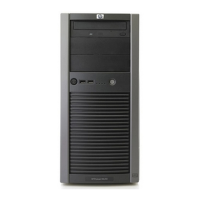
Do you have a question about the HP ProLiant ML310 and is the answer not in the manual?
| Form Factor | Tower |
|---|---|
| Processor Sockets | 1 |
| Maximum Memory | 32GB |
| Memory Slots | 4 |
| Storage Controller | HP Dynamic Smart Array B120i |
| Processor | Intel Xeon E3-1200 series |
| Memory Type | DDR3 |
| RAID Support | RAID 0, 1, 10 |
| Storage | Up to 4 LFF (3.5-inch) drives |
| Hard Drive Interface | SATA |
| Network | 1Gb Ethernet |
| Power Supply | 350W |
| Operating System Support | Red Hat Enterprise Linux, SUSE Linux Enterprise Server |
| Expansion Slots | 1 x PCIe 2.0 x1 |
Describes the target users for this guide, focusing on technical professionals with specific experience.
Provides information on how to obtain further assistance or information from HP.
Lists other HP documents relevant for more information on the storage server.
Explains the document conventions and symbols used throughout the manual.
Provides a summary of the HP ProLiant storage server's setup and its Windows Storage Server OS.
Details the decisions and information needed before installing the storage server.
Explains how to choose a network access method based on DHCP availability.
Instructs on how to connect to the server's management console via various methods.
Describes how to access the server using a directly connected monitor, keyboard, and mouse.
Explains how to connect to the server management console via a web browser.
Details how to remotely administer the server using Windows Remote Desktop.
Provides steps to enable the Telnet Server service for remote command-line access.
Explains remote server management using HP's iLO 2 technology.
Guides on setting up the server's network configuration, including IP and DNS settings.
Describes the wizard used for initial system configuration like date, time, and network settings.
Divides storage into four main divisions: physical, logical, file system, and file sharing elements.
Discusses the lowest level of storage management at the physical drive level.
Explains how physical drives are combined into logical units called arrays.
Addresses the importance of fault tolerance and risks associated with drive failures.
Defines logical drives (LUNs) as components translating physical storage elements.
Details the creation and characteristics of partitions on basic and dynamic disks.
Explains the planning and creation of volumes, including size limits and RAID considerations.
Introduces Volume Shadow Copy Service for creating point-in-time snapshots of volumes.
Covers using vssadmin tool to create, list, resize, and delete volume shadow copies.
Highlights new and improved file services features in the WSS 2003 R2.
Introduces Storage Manager for SANs to create and manage LUNs for storage arrays.
Explains Single Instance Storage for reducing redundant data by linking files.
Details File Server Resource Manager for understanding and managing server data.
Describes the console for managing files and print serving components.
Explains utilities for creating and managing RAID arrays and LUNs.
Details the Array Configuration Utility for managing Smart Array controllers and drives.
Describes the Disk Management tool for managing hard disks and volumes.
Provides best practices for managing disks and volumes on the server.
Explains how to track and control disk space usage with disk quotas.
Details how to extend volume storage space using Windows utilities.
Introduces Volume Shadow Copy Service for creating point-in-time snapshots.
Guides on planning for shadow copy implementation, including space allocation.
Covers using vssadmin tool to manage volume shadow copies.
Explains how shadow copies are accessed over the network for shared folders.
Details the actions and scheduling involved in enabling and creating shadow copies.
Provides steps to change the storage location for shadow copies to another volume.
Explains how to disable shadow copies and the implications.
Describes how to manage file security settings, permissions, and ownership.
Covers methods for setting up and managing shares using Explorer, CLI, or console.
Explains Access Control Lists (ACLs) that dictate user and group access to shares.
Introduces the MMC snap-in for managing print servers and network printers.
Highlights new features like HP Web Jetadmin and HP Install Network Printer Wizard.
Describes HP Web Jetadmin for remote installation and management of HP peripherals.
Explains the wizard for simplifying network printer installation.
Provides information on planning, setup, and management of print services.
Guides on installing the HP Web Jetadmin software for printer management.
Lists items to consider before configuring print services for the server.
Covers regular tasks for maintaining print services, like monitoring and driver updates.
Explains the difference between user-mode and kernel-mode printer drivers.
Offers practical advice for managing print devices and servers effectively.
Guides on how to troubleshoot general and common print-related problems.
Lists new features of MSNFS, including Active Directory Lookup and enhanced server performance.
Explains how to integrate Windows users into UNIX environments for simplified management.
Presents scenarios for using MSNFS, such as allowing UNIX clients access to Windows resources.
Describes the main components of MSNFS: Username Mapping, Server for NFS, and Client for NFS.
Explains how a Windows server can act as an NFS server in a mixed environment.
Guides on installing the NFS Authentication DLL on Windows 2000 domain controllers.
Details how Windows users access NFS resources via Server for NFS.
Provides recommendations for optimal performance and security of Server for NFS.
Explains User Name Mapping for creating maps between Windows and UNIX user accounts.
Offers guidance on troubleshooting common issues with Microsoft Services for NFS.
Introduces FPNW for integrating NetWare servers into a Windows environment.
Provides steps to install File and Print Services for NetWare.
Covers managing FPNW properties and shared volumes using Server Manager.
Details the process for creating a new NCP file share.
Explains how to create and manage NetWare user accounts.
Guides on enabling local NetWare user accounts for server access.
Covers creating and managing NCP file shares.
Discusses AppleTalk network integration for sharing files with Macintosh clients.
Provides steps to install the AppleTalk protocol for Macintosh connectivity.
Details how to install File Services for Macintosh on the server.
Explains how Macintosh clients can send print jobs to the server.
Guides on using HP support resources to troubleshoot storage server problems.
Provides information on maintaining and servicing the storage server.
Explains HP's customer self-repair program for replacing parts.
Details the importance and process of updating system firmware.
Explains the purpose and location of the Certificate of Authenticity (COA) label.
Describes the DVD used for initial installation and recovery of the storage server.
Provides steps to restore the server to its factory default image using the DVD.
Guides on managing drive letters after restoring the server system.
Illustrates the components, controls, and indicators on the ML310 storage server.
Details the components and status indicators on the front panel of the server.
Details the connectors and status indicators on the rear panel of the server.
Guides on setting up an Internet connection for the storage server before OS updates.
Steps to configure Internet Explorer for automatic internet connection settings.
Instructions for setting up Internet Explorer to use a proxy server for network access.
Details FCC rules and regulations regarding RF emission limits for devices.
Explains compliance for Class A digital devices used in commercial environments.
Explains compliance for Class B digital devices used in residential environments.
Addresses safety precautions and compliance for products with optical storage devices.
Provides general safety warnings and precautions for handling the computer.
Warns about risks associated with internal batteries and handling precautions.
Specifies requirements for power cords based on country of use and product rating.
Explains the risks of static discharge and how to prevent damage to system components.
Lists precautions to take to prevent electrostatic damage during setup and handling.
Describes various methods for grounding when handling electrostatic-sensitive parts.
Provides information on the proper disposal of waste electrical and electronic equipment.
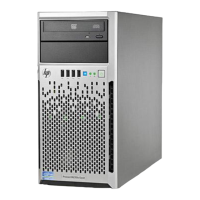
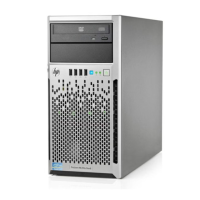
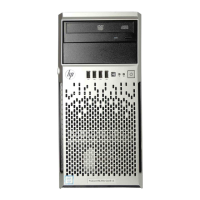



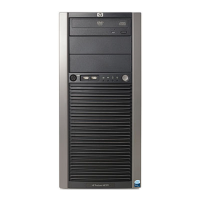
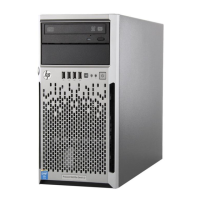
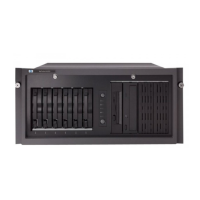
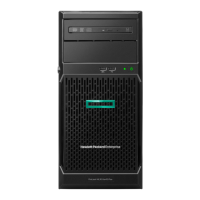

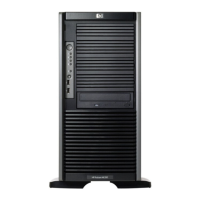
